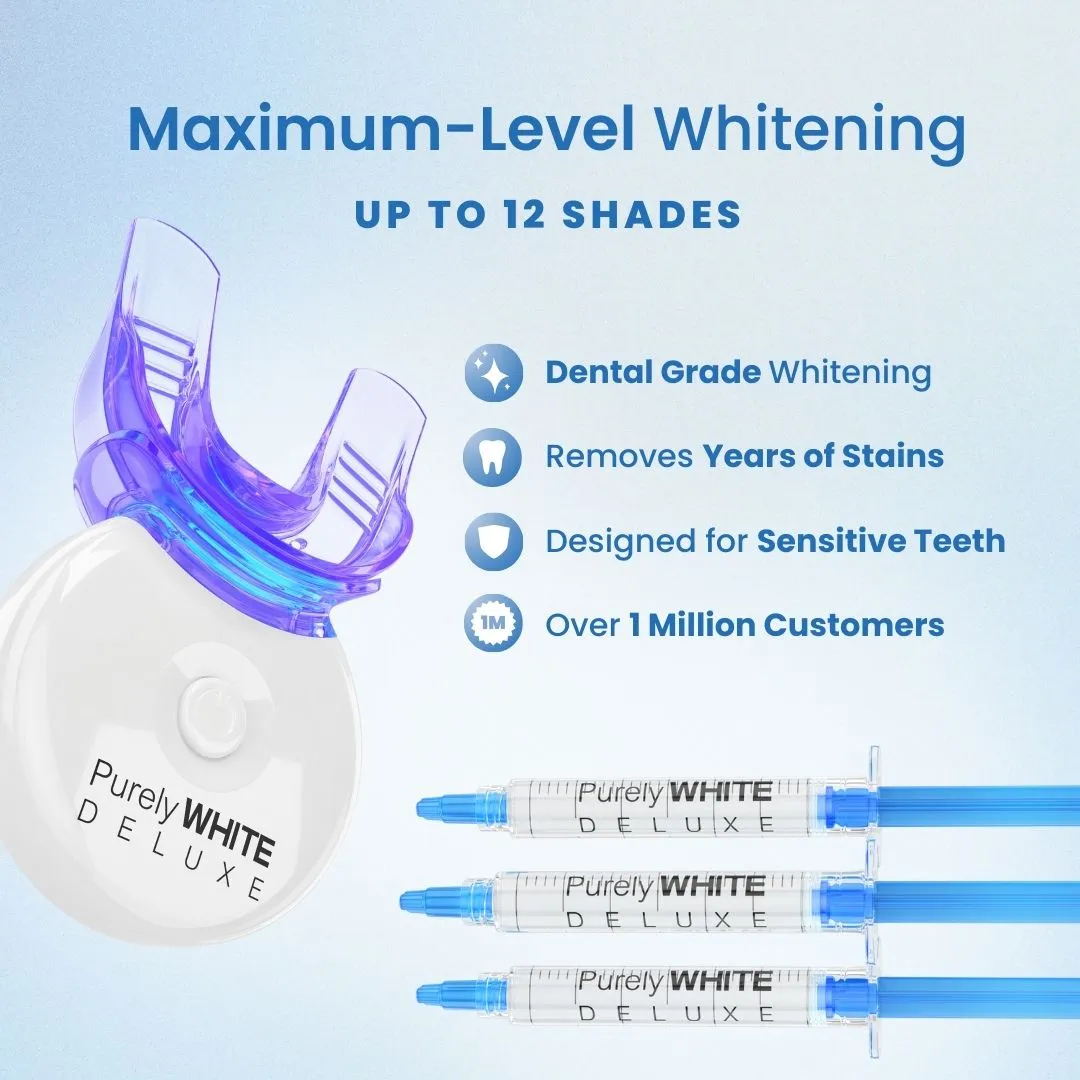Understand Dental Whitening Kits
A bright, white smile is often seen as a sign of health and beauty. Dental whitening kits offer a convenient and accessible way to achieve this at home. These kits typically use bleaching agents to lighten the color of your teeth, reducing stains and discoloration. The effectiveness of these kits can vary depending on the type, the concentration of the whitening agent, and the individual’s dental condition. Understanding how these kits work is the first step in choosing the right one for you. They often contain a hydrogen peroxide or carbamide peroxide solution, which penetrates the enamel to break down stain molecules.
Types of Dental Whitening Kits
Dental whitening kits come in various forms, each offering a different method of application and level of intensity. The two primary categories are over-the-counter (OTC) and professional kits. Each type has its own advantages and disadvantages, affecting the overall experience and outcomes. Choosing the right type depends on your specific needs, the degree of whitening desired, and any existing dental sensitivities. Considering factors like ease of use, cost, and potential side effects is crucial when making your decision.
Over-the-Counter Kits
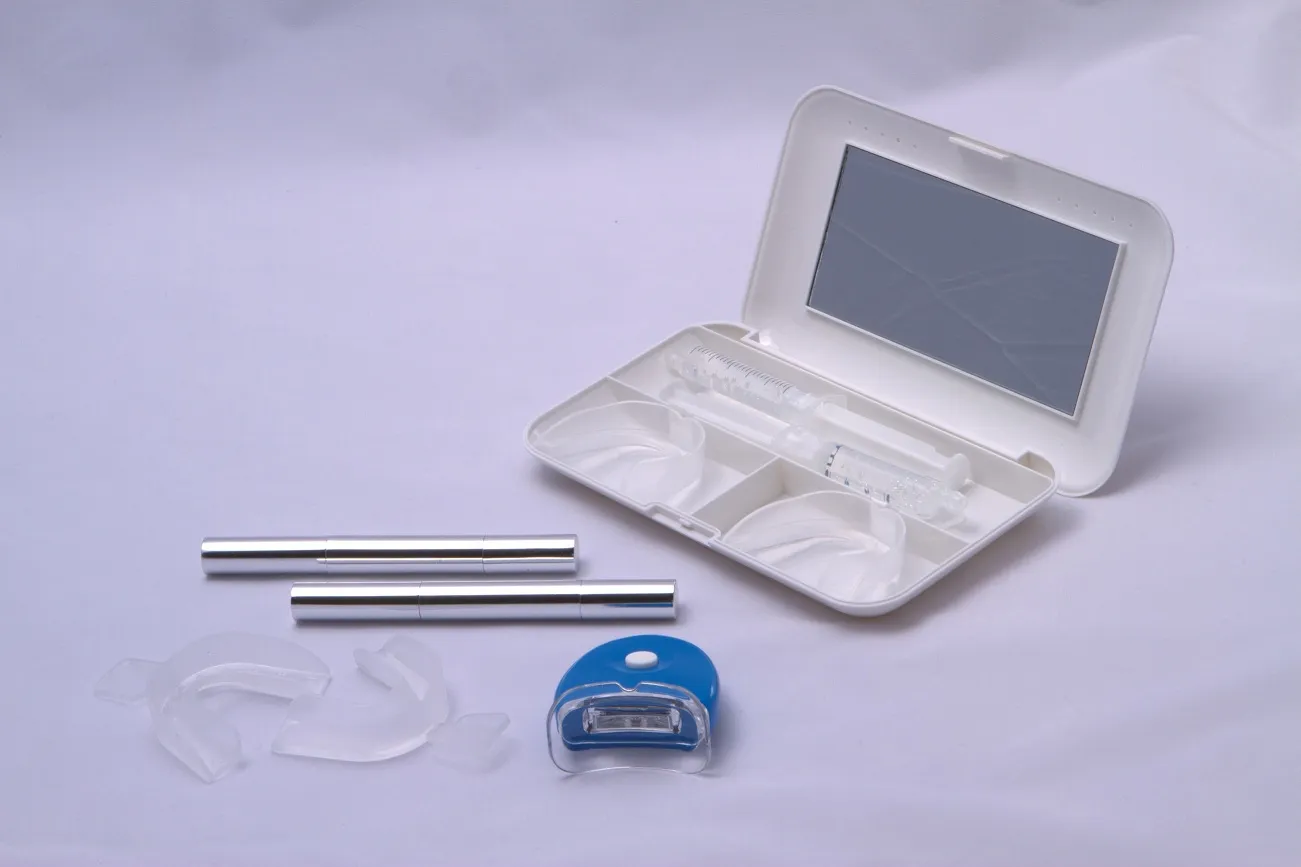
OTC kits are readily available at drugstores and online, making them easily accessible. These kits generally contain lower concentrations of whitening agents, making them safer for unsupervised use. Common types include whitening strips, trays with gel, and whitening toothpastes. While OTC kits are less potent than professional options, they can still provide noticeable results over time, especially for mild staining. They are often more affordable, providing a cost-effective way to brighten your smile at home. However, be aware that results may take longer to appear compared to professional treatments.
Professional Dental Whitening Kits
Professional dental whitening kits are provided by dentists and offer stronger whitening agents. These kits are customized to fit your teeth precisely, ensuring more even coverage and preventing the whitening agent from irritating your gums. Dentists can also provide in-office whitening treatments, which are much quicker and more effective. Professional kits are ideal for more severe staining and often yield dramatic results. The higher concentration of the whitening agent requires professional supervision to ensure safety and minimize potential side effects. Consulting your dentist is essential before using any professional-grade whitening kit.
Factors to Consider Before Buying a Kit
Choosing a dental whitening kit involves several considerations to ensure the best results and minimize potential risks. Your individual dental health, including the presence of fillings, crowns, or other dental work, can impact the effectiveness and suitability of a whitening kit. It’s important to assess your current oral health and consult with a dentist if you have any concerns. Understanding these factors will help you make an informed decision, ensuring that you choose a kit that’s safe and effective for your specific needs.
Your Teeth’s Sensitivity
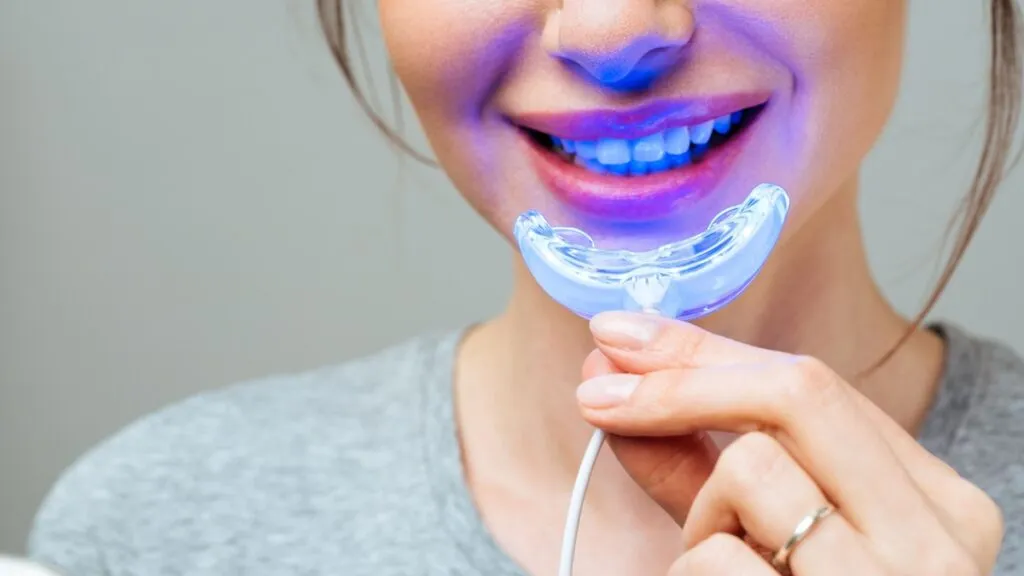
Teeth sensitivity is a common issue with whitening treatments, as the bleaching agents can irritate the nerves in your teeth. If you have sensitive teeth, you should choose a kit with a lower concentration of the whitening agent. Look for products specifically designed for sensitive teeth. Using toothpaste designed for sensitivity before, during, and after treatment can also help. Discuss your sensitivity with your dentist before starting any whitening regimen to explore additional solutions.
The Cost of the Kit
The cost of dental whitening kits can vary greatly depending on the type and brand. OTC kits are generally more affordable, while professional kits provided by dentists are more expensive. Consider your budget and the level of whitening you desire. While more expensive kits may offer faster or more dramatic results, they may not always be necessary. Be wary of extremely cheap options, as they might not be as effective or could pose safety risks. Comparing prices and reading reviews can help you find a kit that provides good value for money.
Ingredients and Safety First
Always check the ingredients of a dental whitening kit, focusing on the concentration of the active ingredient. Hydrogen peroxide and carbamide peroxide are the primary whitening agents, and higher concentrations typically yield faster results. Ensure the product is approved and follows safety guidelines. If you have any allergies, carefully check the ingredient list for potential allergens. Read all instructions carefully and follow them precisely to minimize the risk of side effects, and consult your dentist if you have any concerns.
How to Use a Dental Whitening Kit Properly
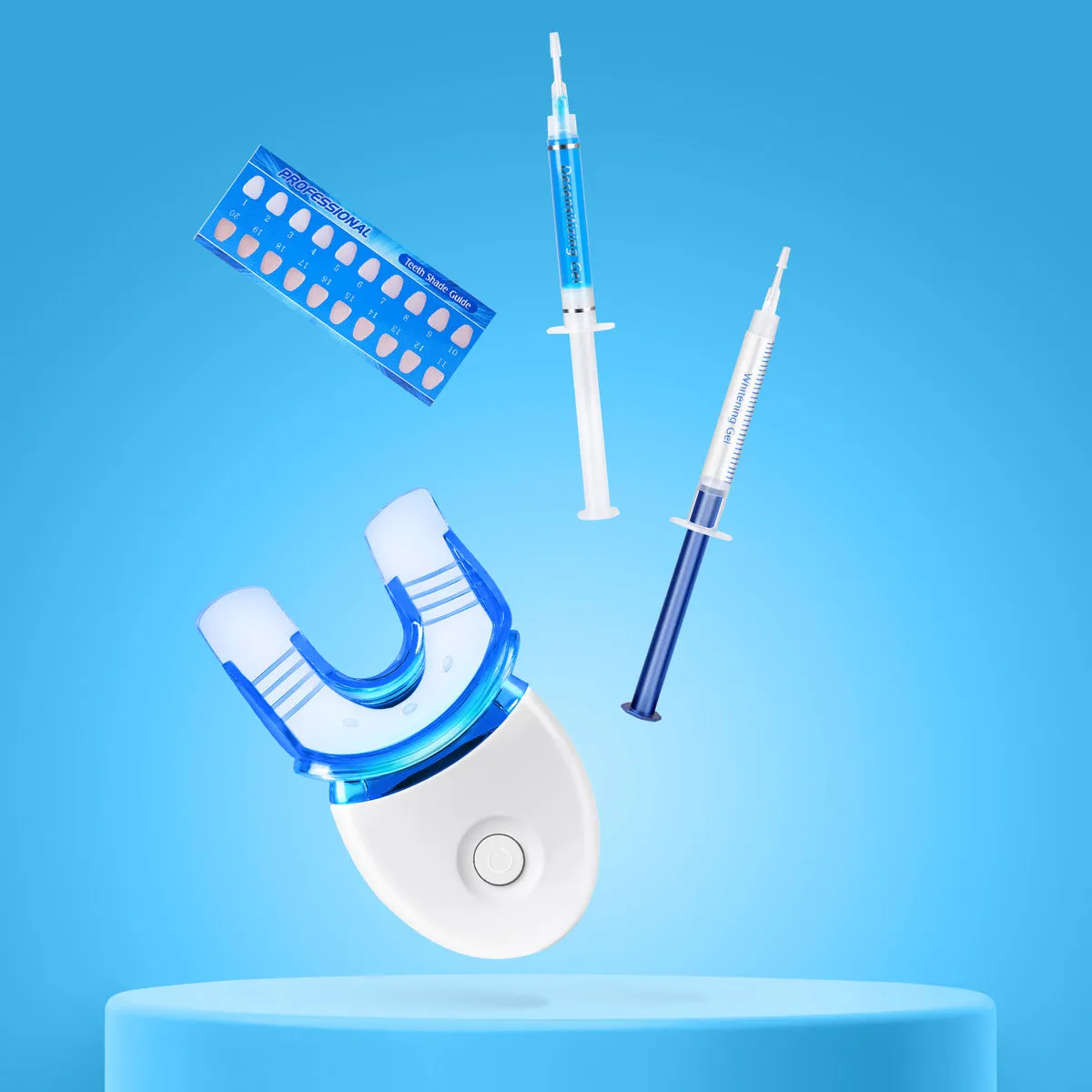
Using a dental whitening kit correctly is crucial for achieving the desired results and avoiding potential problems. The application method will vary depending on the type of kit you choose, but it’s important to follow the manufacturer’s instructions carefully. Preparing your teeth, applying the whitening agent, and taking care of your teeth after the treatment are all essential steps. Proper usage ensures both the effectiveness of the kit and your oral health.
Step-by-Step Guide
Preparation Before Whitening
Before using a whitening kit, brush and floss your teeth thoroughly to remove any plaque and debris. Make sure your teeth are dry before applying the whitening agent. Some kits may recommend using a special pre-treatment toothpaste. If you have any existing dental work, such as fillings or crowns, be aware that they will not whiten, and this can create a contrast with your natural teeth. Consider this before starting the whitening process.
Applying the Whitening Agent
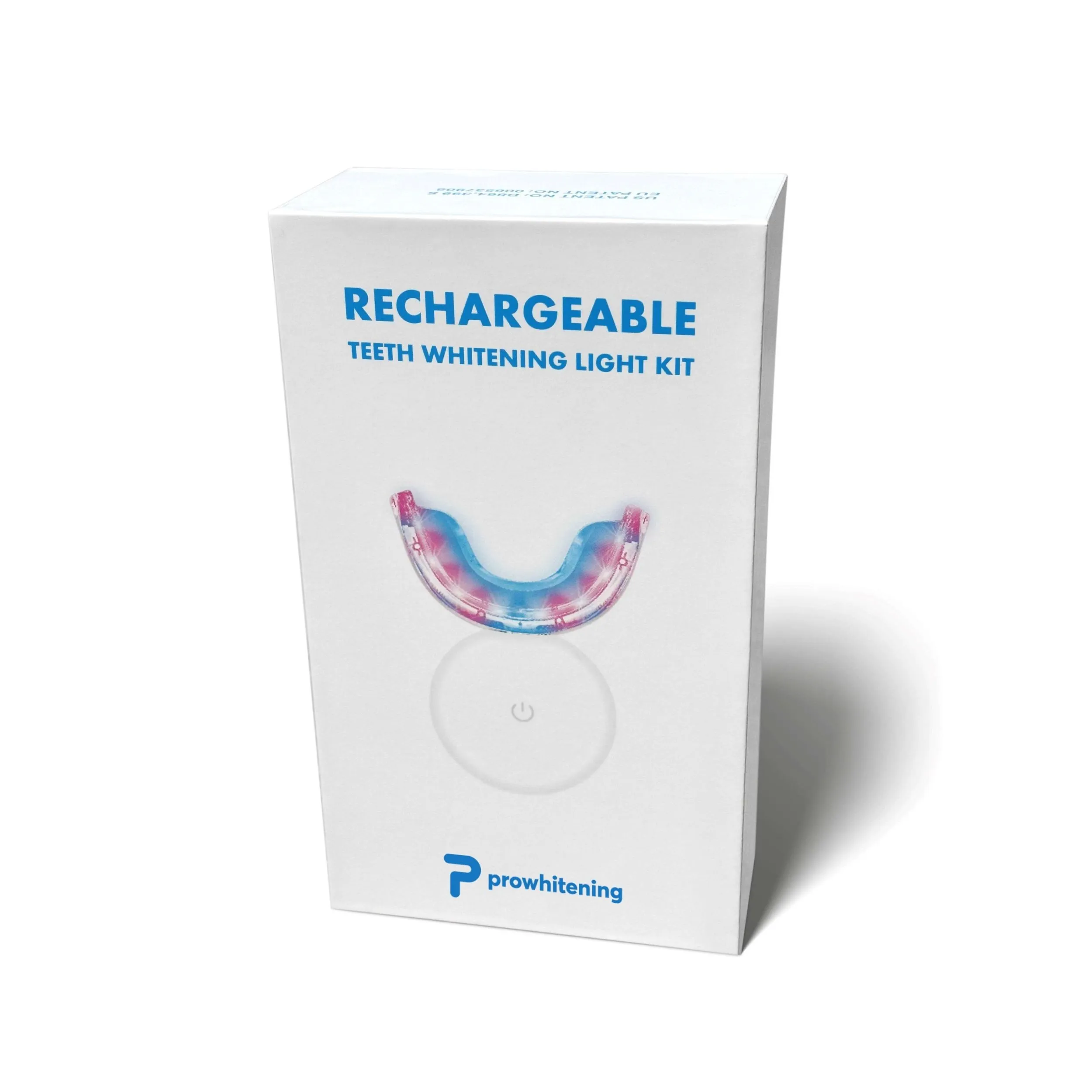
Carefully apply the whitening agent as directed by the kit’s instructions. For whitening strips, this involves adhering them to the surface of your teeth, ensuring they cover both the front and back. For trays, you will fill them with the whitening gel and place them over your teeth. Avoid getting the whitening agent on your gums, as this can cause irritation. Leave the agent on for the recommended time. Avoid swallowing any of the whitening agent.
Post-Whitening Care and Maintenance
After whitening, remove the strips or trays and rinse your mouth thoroughly. Avoid eating or drinking anything, particularly dark-colored foods and beverages, for at least an hour. Continue to brush and floss regularly, and consider using a whitening toothpaste to maintain your results. Regular dental check-ups are also essential for monitoring your oral health and addressing any potential issues.
Maintaining Your White Smile
Maintaining your newly whitened smile requires a combination of good oral hygiene and lifestyle adjustments. The longevity of your results depends on how well you care for your teeth and avoid factors that can cause staining. Following these guidelines will help you preserve your bright, white smile for as long as possible.
Foods and Drinks to Avoid
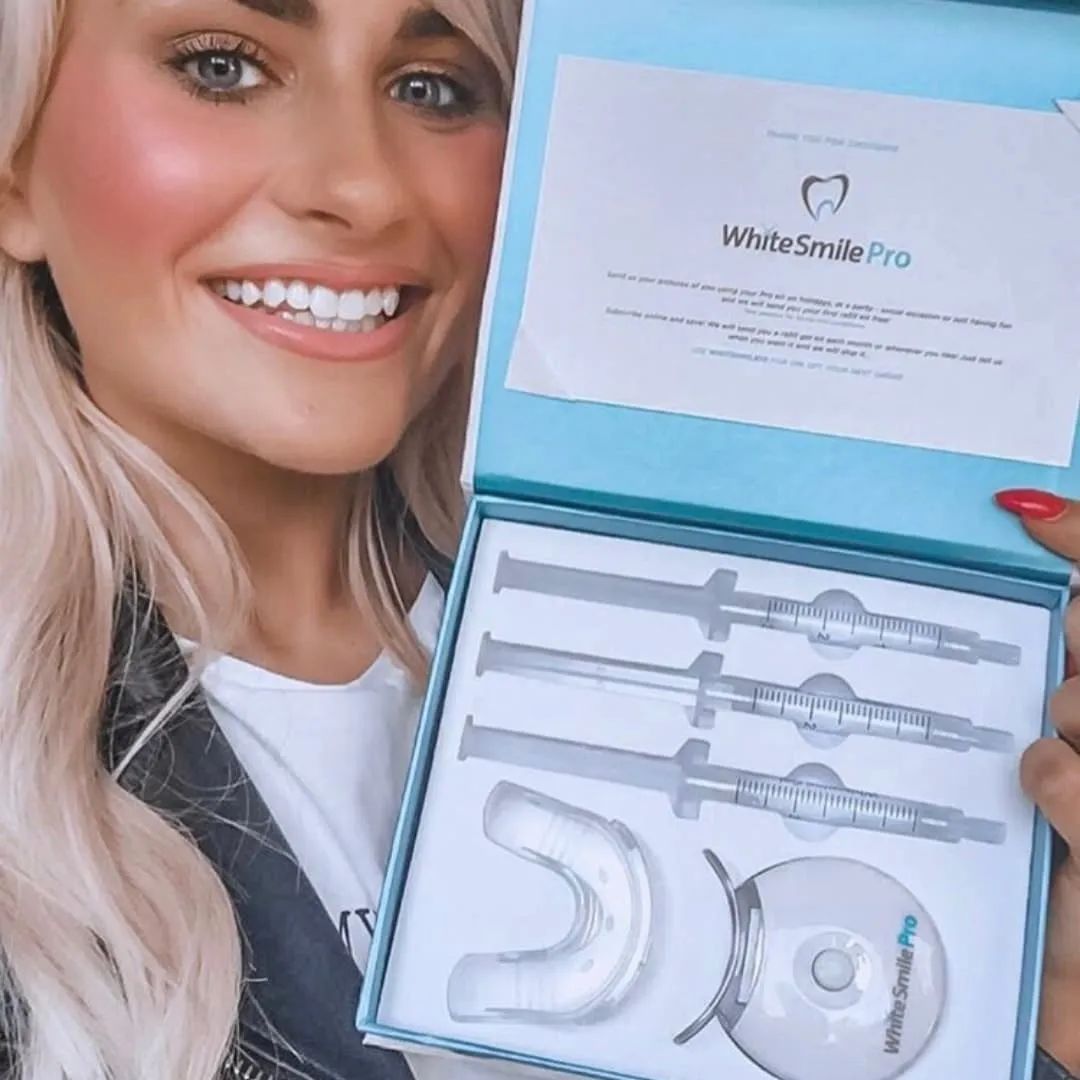
Certain foods and drinks can stain your teeth. Minimize or avoid consuming dark-colored beverages such as coffee, tea, and red wine. Limit your intake of foods like berries, soy sauce, and curries, which can also stain your teeth. Drinking through a straw can help reduce contact with your teeth. Rinsing your mouth with water after eating or drinking can also help prevent staining.
Oral Hygiene Routine
Maintain a consistent oral hygiene routine. Brush your teeth twice a day with a whitening toothpaste. Floss daily to remove plaque and food particles from between your teeth. Consider using an oral irrigator, such as a Waterpik, to enhance your cleaning routine. Regular dental check-ups and cleanings are crucial for maintaining your oral health and helping to keep your teeth white.
Potential Side Effects and Solutions
While dental whitening kits are generally safe, potential side effects can occur. The most common side effects include tooth sensitivity and gum irritation. Understanding these potential problems and knowing how to address them can help you have a more comfortable whitening experience. If side effects persist or worsen, consult with your dentist.
Sensitivity and How to Deal With It
Tooth sensitivity is a common side effect of teeth whitening. To reduce sensitivity, use a toothpaste designed for sensitive teeth. You can also take a break from the whitening treatment and resume it when your teeth feel less sensitive. Applying a fluoride treatment can also help. If the sensitivity is severe, consult your dentist, who may recommend a professional treatment.
Irritation and What to Do
Gum irritation is another potential side effect, often caused by the whitening agent coming into contact with your gums. To prevent this, ensure that the whitening agent is applied correctly and does not touch your gums. If irritation occurs, stop using the kit for a few days and rinse your mouth with salt water. If the irritation persists, consult your dentist. Using a tray that fits properly can help prevent the gel from leaking onto the gums.
Top Dental Whitening Kit Brands
Choosing a reputable brand can increase the chances of a successful whitening experience. Research and read reviews to identify the best-performing and most trusted brands. Popular brands often have established reputations, offering effective and safe products. Consider the brand’s customer service and the availability of their products when making your choice.
Popular and Trusted Brands
Some of the most popular and trusted brands in the dental whitening market include Crest, Colgate, and Philips Zoom. These brands offer a variety of products, including whitening strips, toothpastes, and at-home whitening kits. Each brand has its strengths. Consider these options when making your decision. Reading reviews and comparing the ingredients and prices of different brands can help you find the perfect match for your needs.
Customer Reviews and Feedback
Reading customer reviews and feedback can provide valuable insights into the effectiveness and user experience of different dental whitening kits. Pay attention to reviews that mention sensitivity, ease of use, and the overall results. Consider both positive and negative reviews to get a balanced view. Websites like Amazon and other retailers often feature reviews. Reading these can help you make a more informed decision and choose a product that meets your expectations.
Conclusion
Choosing the best dental whitening kit involves careful consideration of your individual needs, the type of kit, and potential side effects. By understanding the different options available, following the instructions carefully, and maintaining a good oral hygiene routine, you can achieve a brighter, whiter smile. Always consult with your dentist before starting any whitening treatment to ensure it’s safe and effective for you. With the right approach, a confident and radiant smile is within reach.
